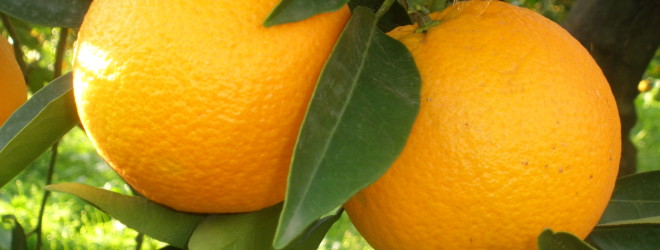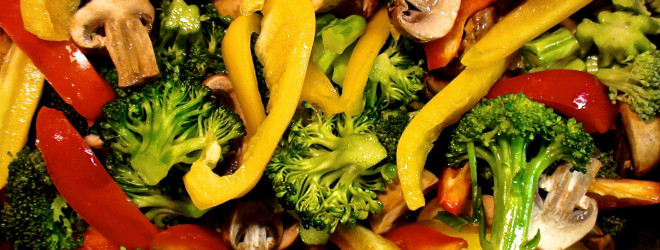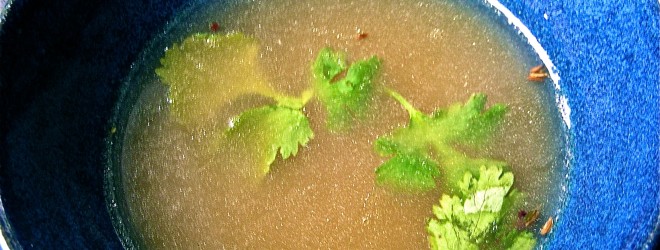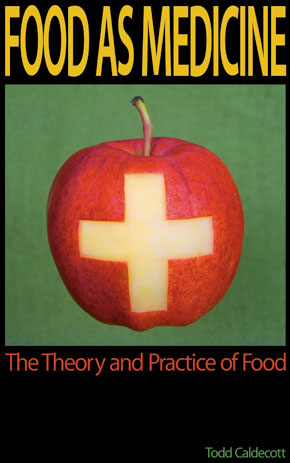Today I stopped in at one of the local natural health pharmacies here in Vancouver, and saw one of the staff recommend a product called grapefruit seed extract (GSE) to a lactating mother whose baby was suffering from oral thrush (candidiasis). Not to be confused with grape seed extract, which is commonly used as an antioxidant supplement, GSE is used as an all purpose antimicrobial in the natural health industry that is touted as being both safe and natural. In 2005 the journal Medical Herbalism [2005:14(3)] printed a letter I wrote outlining the problems with GSE, which cited several studies demonstrating that the antimicrobial property of GSE was attributable to the addition of synthetic preservatives including benzalkonium chloride and triclosan. Also found in cosmetics, dish detergents and cleaning agents, both benzalkonium chloride and triclosan are known endocrinal intoxicants and human carcinogens that pollute wastewater and are contribute to the spectre of antibiotic resistance. Since then several more studies have confirmed these findings, demonstrating that not only does grapefruit seed extract contain these synthetic antimicrobials, but that without these added ingredients, it possess no antimicrobial action. In other words, GSE is a sham product.
I am quite sure that if this new mother, who had gone out of her way to shop at this natural pharmacy, had known that the product she bought for her baby’s yeast infection was comprised of synthetic preservatives, she would have refused it. She might have even been a little angry that an ingredient commonly found in dishwashing soap was being sold to her as a natural product. My colleagues and I have done our best to urge the natural health product industry to become accountable to this problem. Not only is it sold in retail outlets, GSE is often used in other natural products for both internal and external use, including creams, lotions, liquids and capsules. In order to protect not only our clients and customers, but the reputation and integrity of the natural health product industry, I urge everyone to please avoid using GSE. There are many truly natural alternatives to GSE that are equally if not more effective.
References
1. http://medherb.com/eletter/GSE-Caldecott.pdf
2. http://www.ncbi.nlm.nih.gov/pubmed/17867553
3. http://www.ncbi.nlm.nih.gov/pubmed/17867553




